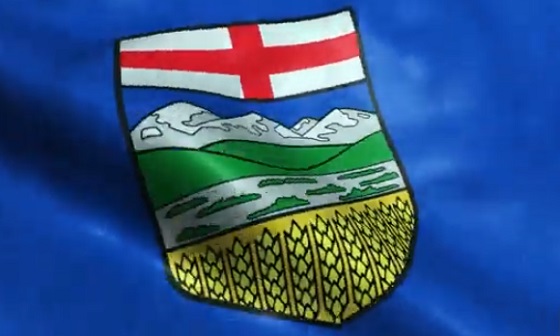Alberta
Indoor masking is back – Province taking action to reduce hospitalizations
Further actions to protect health system from COVID-19
Due to increasing COVID-19 transmission and rising hospital admissions, overwhelmingly amongst unvaccinated Albertans, temporary measures are needed to reduce transmission and prevent the health-care system from being overwhelmed.
Currently, more than 80 per cent of COVID-19 cases in hospital are unvaccinated, including 91 per cent of patients in intensive care.
“Vaccines are safe, effective, and a game-changer. This is why the current wave is different than what we’ve experienced before. While we do not need to return to the same widespread and dramatic measures we had in place earlier in the pandemic, unvaccinated Albertans in particular are still at risk and are placing a heavy load on our health-care system. This is why we are taking measured steps and introducing a new incentive program to encourage more Albertans to get the jab.”
“As I have always done, I use the best currently available evidence from Alberta and around the world to inform my recommendations to protect the health of Albertans. With hospitalization rates rising, it is important that we take additional steps to help reduce the spread of COVID-19. My ultimate goal continues to be to shift from pandemic to endemic and put more focus on the complete health of Albertans – we must learn to live with COVID. Getting vaccinated today is the best possible way for us to get there.”
New vaccine incentive program
A one-time incentive of $100 is now available for all Albertans age 18 or older who receive a first or second dose of vaccine between Sept. 3 and Oct. 14.
This incentive is intended to encourage unvaccinated Albertans to get protected as soon as possible.
After vaccination, eligible Albertans will be able to register online. Alberta Health will validate registrations against provincial immunization data. This website will be available starting on Sept. 13. If Albertans do not have access to a computer, they can contact 310-0000 for assistance, starting on Sept. 13.
Temporary measures
- The province will make masks mandatory for all indoor public spaces and workplaces starting Sept. 4 at 8 a.m. Schools are not required to implement masking but school boards will continue to set COVID-19 management policies as they deem appropriate.
- Also, as of Sept. 4 at 8 a.m., restaurants, cafés, bars, pubs, nightclubs and other licensed establishments will be required to end alcohol service at 10 p.m.
- In addition, Albertans are encouraged to limit in-person contacts. To support this, the province strongly recommends that unvaccinated Albertans limit their indoor social gatherings to close contacts of only two cohort families up to a maximum of 10 people.
- It is also recommended that employers pause their plans to have staff return to work and instead continue with work-from-home measures. If employees are working on location, employees must mask for all indoor settings, except in work stations or where two-metre physical distancing or adequate physical barriers are in place.
Additional vaccine incentives
All Albertans who have received two doses of vaccine and are aged 18 and over are eligible for the remaining $1-million draw for the Open for Summer Lottery. To register and for complete details, visit alberta.ca/lottery. The final draw closes Sept. 23.
Fully protected Albertans are also eligible to enter the Outdoor Adventure vaccine lottery. To register and for complete details, visit alberta.ca/outdoor-adventure-
Book an appointment and get vaccinated
All Albertans can book appointments via AHS online or by calling 811, or through participating pharmacies. Walk-in appointments for first doses are also available. For schedule and locations, visit ahs.ca/vaccine.
Updated modelling
Based on information available in mid-August, an updated projection of estimated COVID-19 cases and hospitalizations to the end of September was developed. Current actual data is trending toward the high end of the projections, therefore numbers may exceed the projections. Peaks in the model are only estimates, and actual peaks may be higher and later than anticipated if current growth trends continue.
This provincial modelling shows intensive care unit patients could possibly peak at around 180 in the medium scenario, although if accelerating trends continue, numbers could reach or exceed the currently projected high scenario at 290.
Other hospitalizations (non-ICU) are currently trending toward the high scenario, with a potential peak of 700 in the next several weeks. If the high scenario peaks are reached, this would mean a greater combined impact on the acute care system than in all previous waves, and if changes in transmission cause greater spread, these numbers could be exceeded.
Modelling is for the entire province. Some regions will experience different case and hospitalization statistics per capita; this will particularly be expected in those areas with lower rates of vaccinations.
Modelling is a dynamic process where there are constant comparisons against observations versus projections. When these comparisons deviate, the model assumptions are re-evaluated, which may change with new information such as outbreak events.
This modelling is now available online. A separate evidence summary has also been posted, including key assumptions and considerations, hospital impact modelling that was developed in June to inform changes announced in late July, and a reference list for further reading.
Alberta
Pierre Poilievre will run to represent Camrose, Stettler, Hanna, and Drumheller in Central Alberta by-election
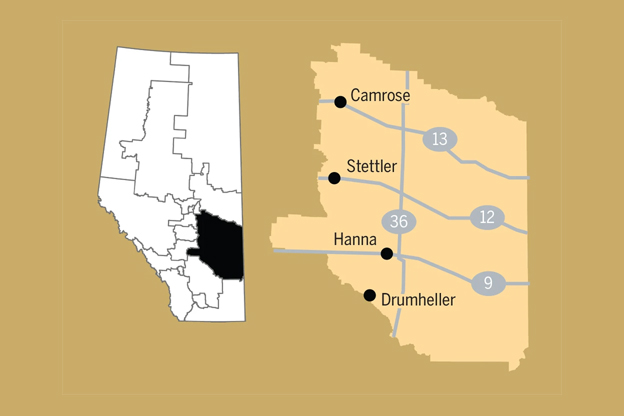
From LifeSiteNews
Conservative MP-elect Damien Kurek announced Friday he would be willing to give up his seat as an MP so Pierre Poilievre, who lost his seat Monday, could attempt to re-join Parliament.
Conservative MP-elect Damien Kurek announced Friday he would be willing to give up his seat in a riding that saw the Conservatives easily defeat the Liberals by 46,020 votes in this past Monday’s election. Poilievre had lost his seat to his Liberal rival, a seat which he held for decades, which many saw as putting his role as leader of the party in jeopardy.
Kurek has represented the riding since 2019 and said about his decision, “It has been a tremendous honor to serve the good people of Battle River—Crowfoot.”
“After much discussion with my wife Danielle, I have decided to step aside for this Parliamentary session to allow our Conservative Party Leader to run here in a by-election,” he added.
Newly elected Prime Minister of Canada Mark Carney used his first post-election press conference to say his government will unleash a “new economy” that will further “deepen” the nation’s ties to the world.
He also promised that he would “trigger” a by-election at once, saying there would be “no games” trying to prohibit Poilievre to run and win a seat in a safe Conservative riding.
Poilievre, in a statement posted to X Friday, said that it was with “humility and appreciation that I have accepted Damien Kurek’s offer to resign his seat in Battle River-Crowfoot so that I can work to earn the support of citizens there to serve them in Parliament.”
“Damien’s selfless act to step aside temporarily as a Member of Parliament shows his commitment to change and restoring Canada’s promise,” he noted.
“I will work to earn the trust of the good people of Battle River-Crowfoot and I will continue to hold the Liberal minority government to account until the next federal election, when we will bring real change to all Canadians.”
Carney said a new cabinet will be sworn in on May 12.
Alberta
‘Existing oil sands projects deliver some of the lowest-breakeven oil in North America’
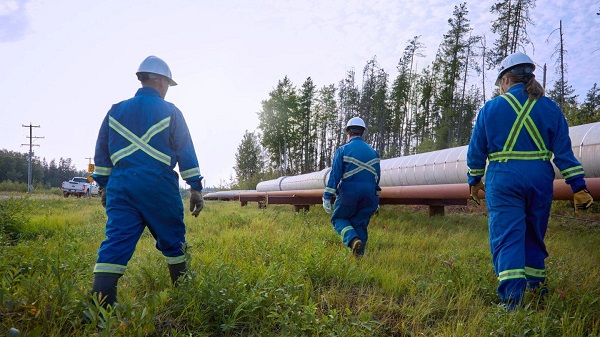
From the Canadian Energy Centre
By Will Gibson
Alberta oil sands projects poised to grow on lower costs, strong reserves
As geopolitical uncertainty ripples through global energy markets, a new report says Alberta’s oil sands sector is positioned to grow thanks to its lower costs.
Enverus Intelligence Research’s annual Oil Sands Play Fundamentals forecasts producers will boost output by 400,000 barrels per day (bbls/d) by the end of this decade through expansions of current operations.
“Existing oil sands projects deliver some of the lowest-breakeven oil in North America at WTI prices lower than $50 U.S. dollars,” said Trevor Rix, a director with the Calgary-based research firm, a subsidiary of Enverus which is headquartered in Texas with operations in Europe and Asia.
Alberta’s oil sands currently produce about 3.4 million bbls/d. Individual companies have disclosed combined proven reserves of about 30 billion barrels, or more than 20 years of current production.
A recent sector-wide reserves analysis by McDaniel & Associates found the oil sands holds about 167 billion barrels of reserves, compared to about 20 billion barrels in Texas.
While trade tensions and sustained oil price declines may marginally slow oil sands growth in the short term, most projects have already had significant capital invested and can withstand some volatility.
“While it takes a large amount of out-of-pocket capital to start an oil sands operation, they are very cost effective after that initial investment,” said veteran S&P Global analyst Kevin Birn.
“Optimization,” where companies tweak existing operations for more efficient output, has dominated oil sands growth for the past eight years, he said. These efforts have also resulted in lower cost structures.
“That’s largely shielded the oil sands from some of the inflationary costs we’ve seen in other upstream production,” Birn said.
Added pipeline capacity through expansion of the Trans Mountain system and Enbridge’s Mainline have added an incentive to expand production, Rix said.
The increased production will also spur growth in regions of western Canada, including the Montney and Duvernay, which Enverus analysts previously highlighted as increasingly crucial to meet rising worldwide energy demand.
“Increased oil sands production will see demand increase for condensate, which is used as diluent to ship bitumen by pipeline, which has positive implications for growth in drilling in liquids-rich regions such as the Montney and Duvernay,” Rix said.
-

 International22 hours ago
International22 hours agoPentagon Salivates Over ‘Expensive’ Weapons While China Races Into Future With Iron Grip Over Cheap Drone Tech
-
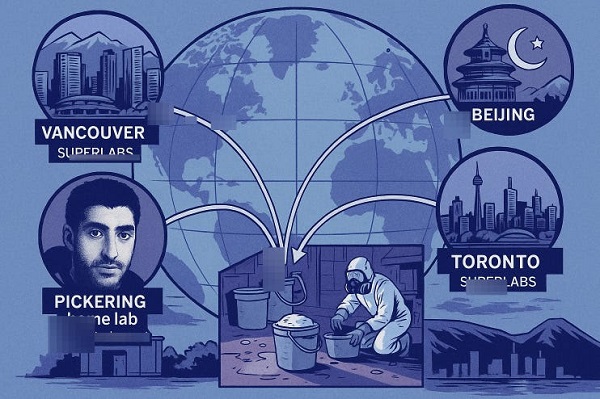
 Crime2 days ago
Crime2 days agoCanada Blocked DEA Request to Investigate Massive Toronto Carfentanil Seizure for Terror Links
-
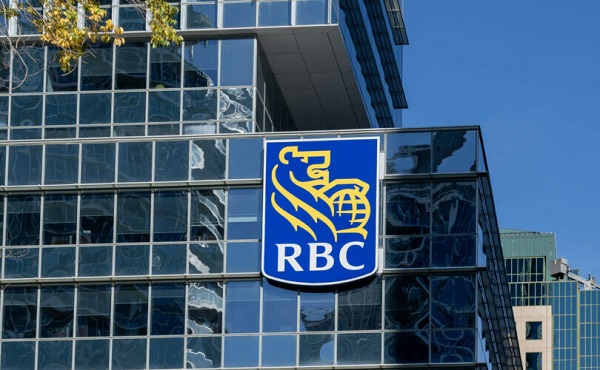
 Business1 day ago
Business1 day agoTop Canadian bank ditches UN-backed ‘net zero’ climate goals it helped create
-

 Alberta23 hours ago
Alberta23 hours agoPierre Poilievre will run to represent Camrose, Stettler, Hanna, and Drumheller in Central Alberta by-election
-
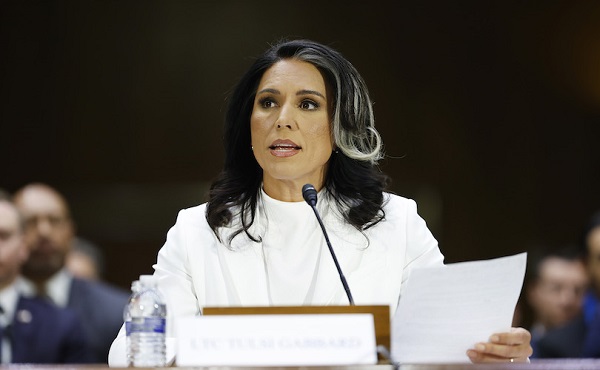
 COVID-191 day ago
COVID-191 day agoTulsi Gabbard says US funded ‘gain-of-function’ research at Wuhan lab at heart of COVID ‘leak’
-

 Business2 days ago
Business2 days agoOverregulation is choking Canadian businesses, says the MEI
-
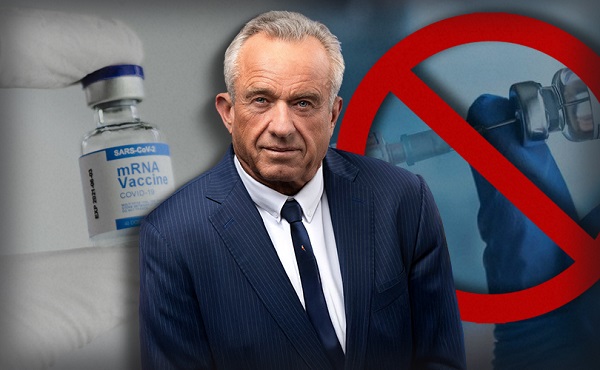
 Health23 hours ago
Health23 hours agoRFK Jr. orders placebo safety trials for all new vaccines in major policy decision
-
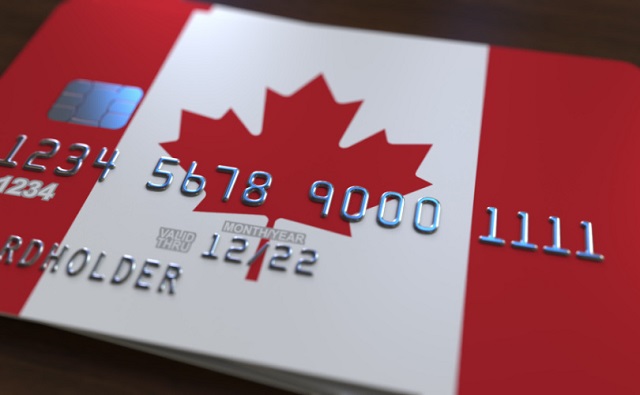
 Business23 hours ago
Business23 hours agoFederal government’s accounting change reduces transparency and accountability

